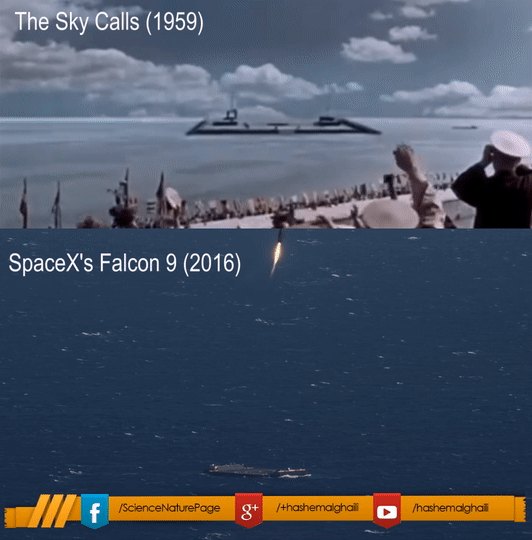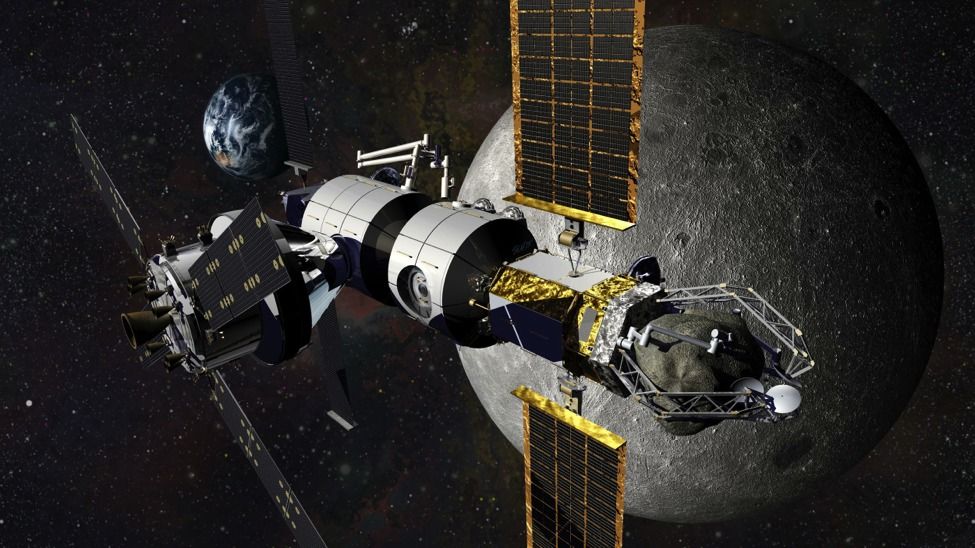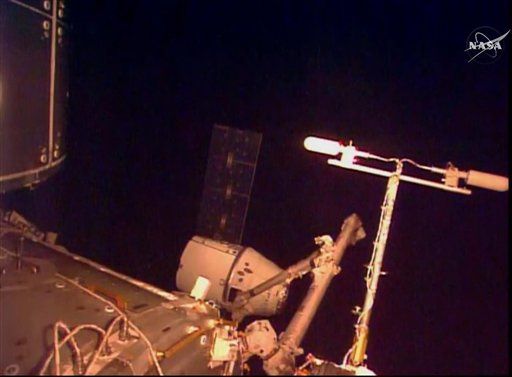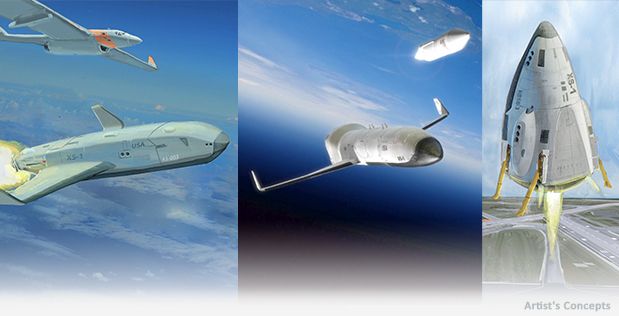Archive for the ‘space travel’ category: Page 477
Apr 10, 2016
SpaceX reusable stages, drone ship technology and the SpaceX Heavy
Posted by Andreas Matt in categories: drones, robotics/AI, space travel
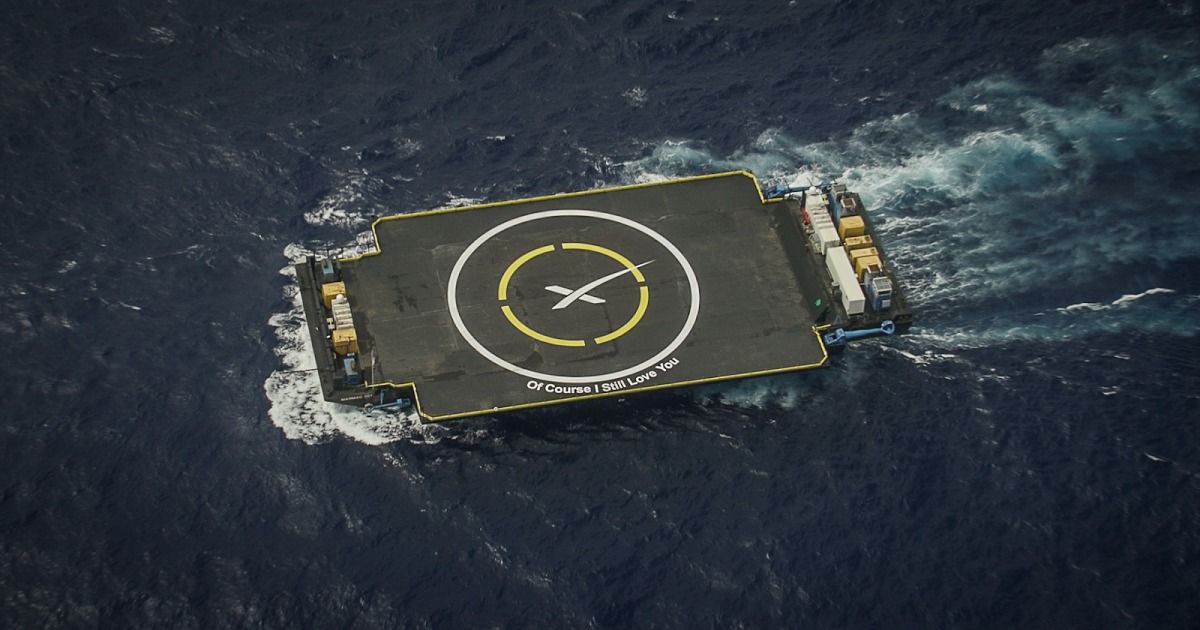
https://youtube.com/watch?v=EmN9IJyzBG0
Initially SpaceX plans to reduce the cost of a Falcon 9 rocket with a reused booster to $43 million per flight, a savings of 30 percent.
SpaceX will try to return the booster that was just landed on the drone ship back to Cape Canaveral, in Florida, by Sunday. After running a series of tests on the Falcon, the company plans to fire its engines 10 times in a row on the ground. “If things look good it will be qualified for reuse,” Musk said. “We’re hoping to relaunch it on an orbital mission, let’s say by June.”
Continue reading “SpaceX reusable stages, drone ship technology and the SpaceX Heavy” »
Apr 10, 2016
With Mars in Mind, Lockheed Martin Designs Human Habitat to Orbit Moon
Posted by Andreas Matt in categories: computing, habitats, health, space travel
A major concerned for Lockheed is the long passage of time between the crew’s training and the moment a serious issue does come up during a mission—which could be a few years later. “They may not remember the training. Having the right kind of on-board documentation and flight computer to be able to provide the astronauts the information they need when they need it, is important,” Pratt said. “Not just having the alarm go off but having the alarm go off and the PDF file of the manual come up at the same time. That’s really useful in helping the crew understand how to operate their own vehicle.”
Even though Lockheed Martin’s early habitat concept will service exploration missions near the Moon, the company is always thinking about the manned mission to Mars, which will require a far more advanced successor to their current designs. Engineers will need to go through a few iterations of the concept after the health effects of long-duration human spaceflight are known and as new technology is developed. This is the basis that NASA created NextSTEP on.
The federal space agency is looking for a modular habitat that can grow, evolve and be added to. “New modules are built upon the lessons of the previous modules,” Hopkins said.
Continue reading “With Mars in Mind, Lockheed Martin Designs Human Habitat to Orbit Moon” »
Apr 10, 2016
SpaceX delivers world’s first inflatable room for astronauts
Posted by Andreas Matt in categories: robotics/AI, space travel
SpaceX has made good on a high-priority delivery: the world’s first inflatable room for astronauts.
A SpaceX Dragon cargo ship arrived at the International Space Station on Sunday, two days after launching from Cape Canaveral. Station astronauts used a robot arm to capture the Dragon, orbiting 250 miles (400 kilometers) above Earth.
The Dragon holds 7,000 pounds (3,175 kilograms) of freight, including the soft-sided compartment built by Bigelow Aerospace. The pioneering pod—packed tightly for launch—should swell to the size of a small bedroom once filled with air next month.
Continue reading “SpaceX delivers world’s first inflatable room for astronauts” »

Space shuttle launches are expensive and inefficient, but for now they’re the only way we have of getting into space. For now. But it’s possible that we’ll soon have an elevator. Here’s how.
Full story at In a Nutshell.
Apr 9, 2016
Watch SpaceX’s historic ocean landing in crystal-clear 4K
Posted by Klaus Baldauf in categories: drones, robotics/AI, space travel
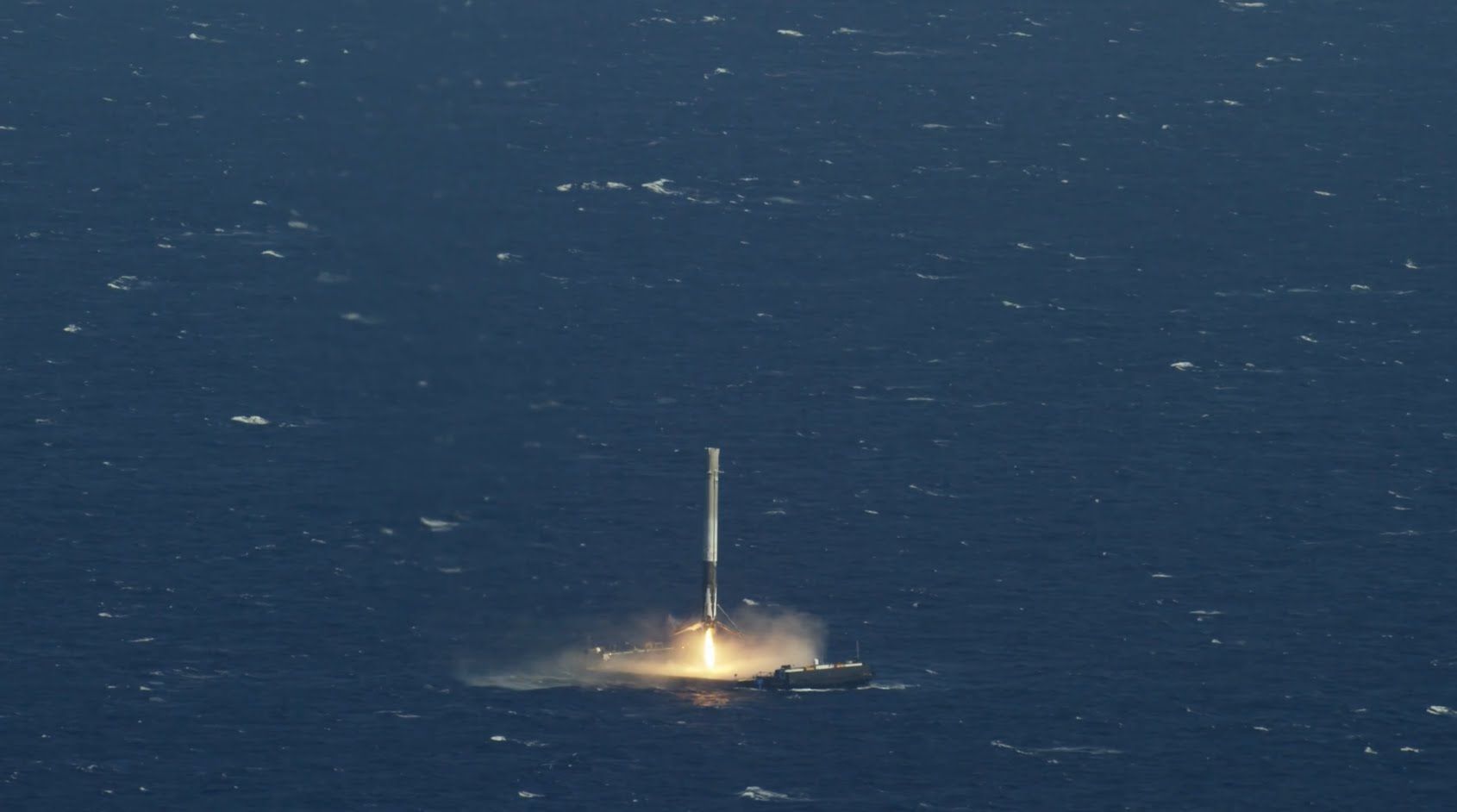
Still haven’t had enough of SpaceX’s rocket landing in the middle of the ocean? Well, new 4K video is here to satisfy you and then make you hungry for more. Late last night, SpaceX released high-definition footage taken from a chase plane, showing the Falcon 9’s delicate descent onto the autonomous drone ship “Of Course I Still Love You.”
The extra detail gives you a nice glimpse into how the rocket’s legs deployed just prior to landing (and that one of the legs seemed to lag behind the rest). It also shows how the vehicle landed a little off its mark. SpaceX probably didn’t want to show off too much by hitting the bulls eye. That just wouldn’t have been fair.
Continue reading “Watch SpaceX’s historic ocean landing in crystal-clear 4K” »
Apr 9, 2016
Can black holes transport you to other worlds?
Posted by Sean Brazell in categories: cosmology, space travel
If you believe the creations of science fiction, black holes serve as gateways to other worlds, either distant parts of this universe or other universes entirely. But the reality might be more complicated than that. And outside of the sci-fi realm, dropping into a black hole is a bad idea.
Even so, it turns out that people who enter a black hole would have at least a slight chance of escaping, either back into their own world or to some exotic place. This is because black holes actually bend space itself, and so could bring points that are ordinarily distant from each other much closer together.
An oft-used analogy is the bending of a piece of paper. If you draw a line on the paper, it follows the paper’s shape and the line’s length is unchanged by bending the paper. But if you go through the paper, the end points of the line are much closer to one another. Understanding this requires diving into Einstein’s theory of relativity as applied to gravity. [5 Reasons We May Live in a Multiverse].
Continue reading “Can black holes transport you to other worlds?” »
Apr 8, 2016
Venture Capitalist 3D Prints a Rocket Faster Than the Speed of Sound for Under $2
Posted by Shailesh Prasad in categories: 3D printing, computing, space travel
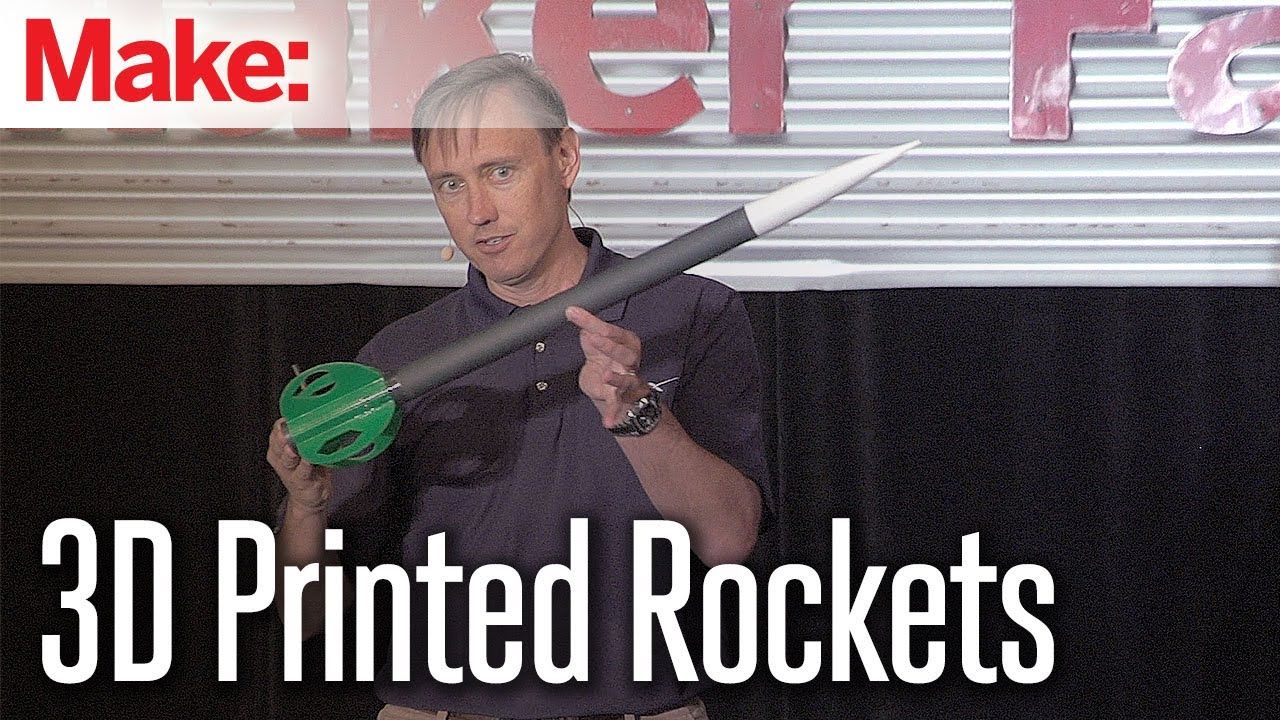
Steve Jurvetson is a man of many facets – and he can 3D print a rocket that achieves Mach 1.8 (that’s 1,363 mph) in 2.6 seconds and reach an altitude of nearly 9,500 feet.
The Mach number is named after the Austrian physicist and philosopher, Ernst Mach. The terms “subsonic” and “supersonic” basically refer to speeds below and above the local speed of sound, so you should have some idea how fast these tiny rockets are traveling.
The as yet confirmed 9th planet, how to get there, how to stop, and what it will take. By the great Adam Crowl.
We haven’t yet found Planet Nine, but the evidence for its existence is solid enough that we can start thinking about its possibilities as a mission target. That work falls in this essay to Adam Crowl, a Centauri Dreams regular whose comments on articles here began not long after I started the site. An active member of the Project Icarus attempt to re-design the 1970s Project Daedalus starship, Adam is also the author of Crowlspace, where his insights are a frequently consulted resource. Today he harkens back to a 1960s science fiction story that has given him notions about a way not only to reach Planet Nine but to establish orbit around it.
by Adam Crowl
